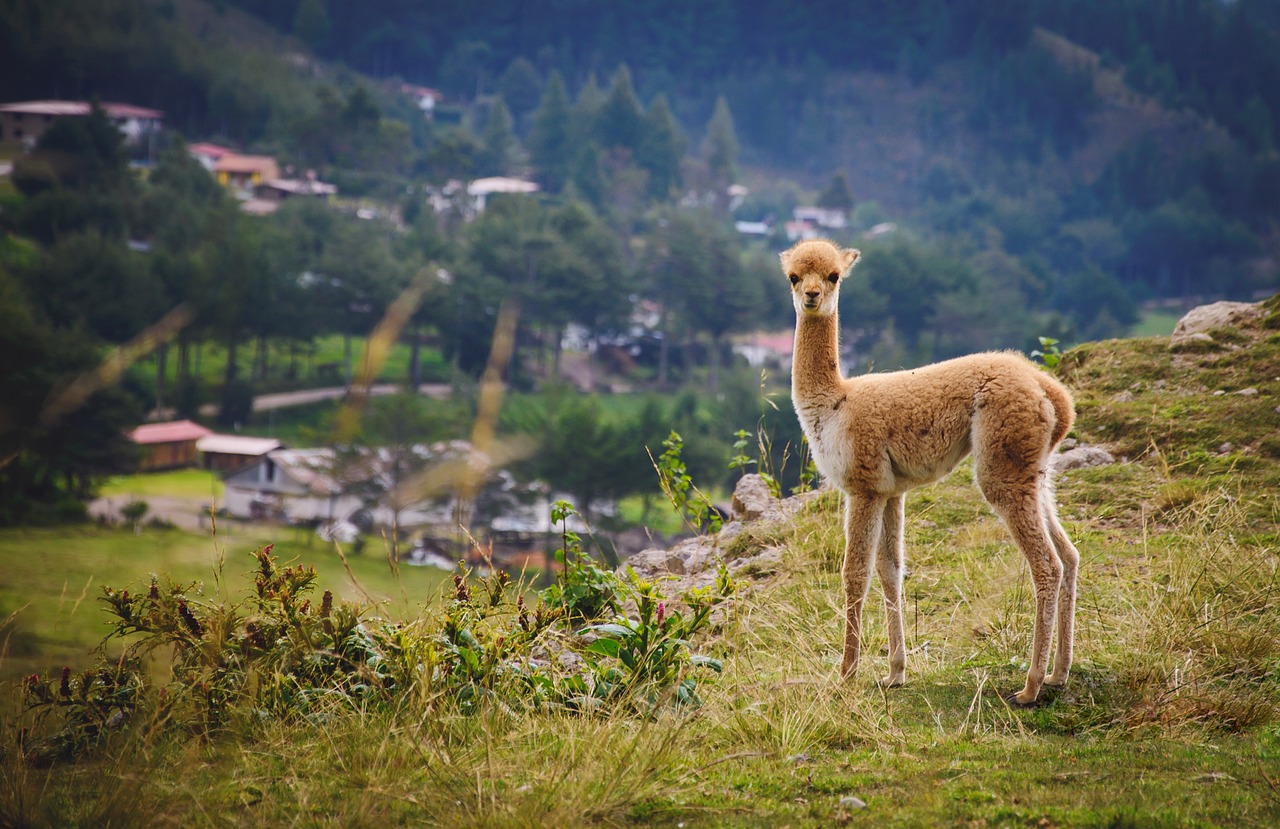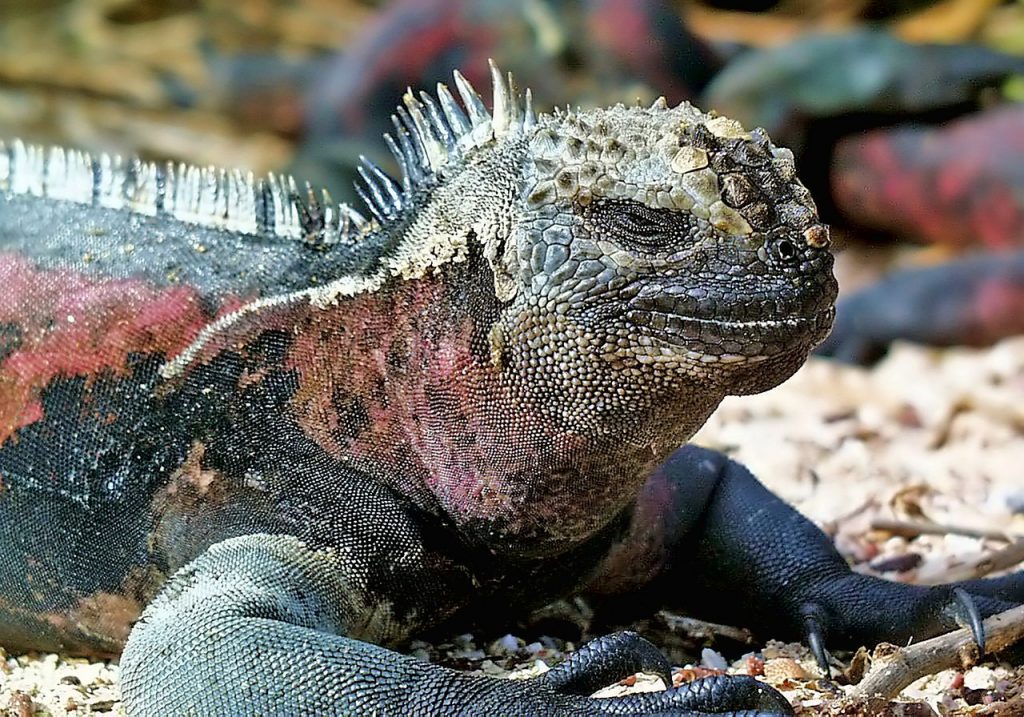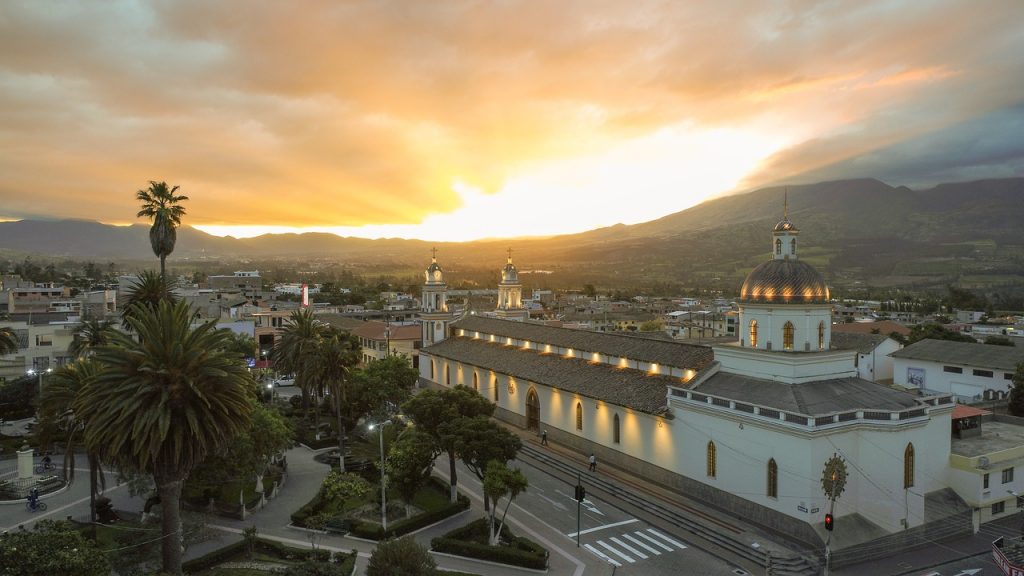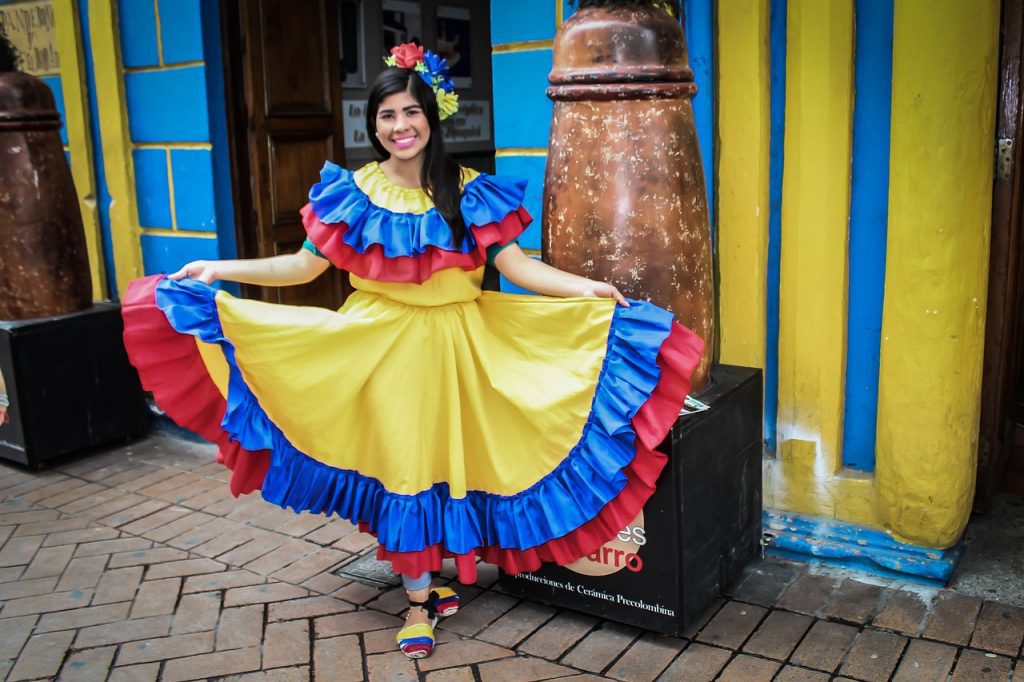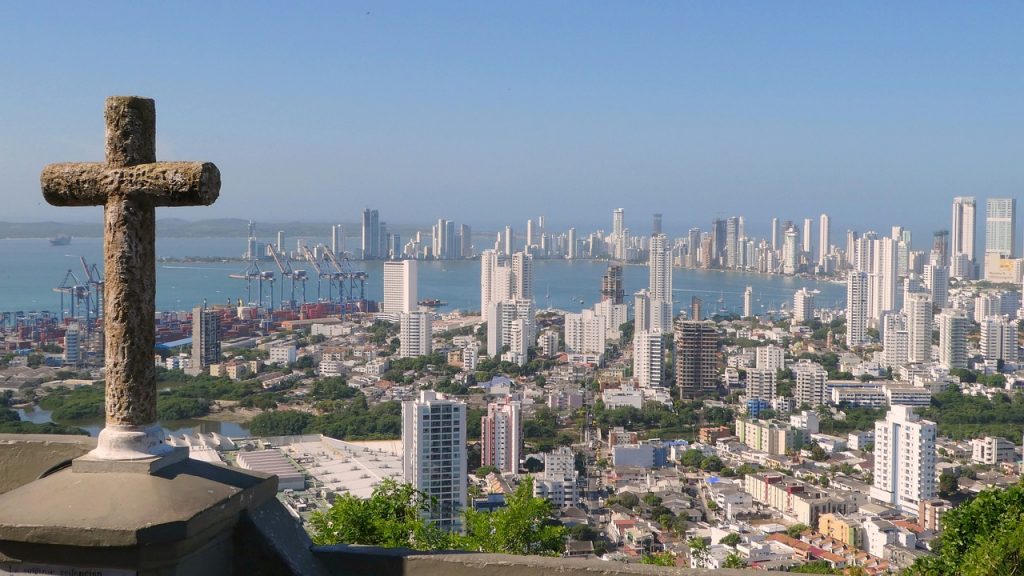Best Time to Visit Peru Based on the Weather
Dry Season (May to September):
The dry season, often referred to as “winter” in Peru, is the best time to visit. During these months, Peru experiences clear skies and minimal rainfall. The weather is comfortable, with temperatures ranging from 65°F to 75°F (18°C to 24°C) in the Andean highlands, making it ideal for exploring iconic sites like Machu Picchu and the Sacred Valley. The Amazon basin also enjoys drier conditions, making it easier to explore the rainforest.
Rainy Season (October to April):
The rainy season, known as “summer” in Peru, brings heavier rainfall and warmer temperatures. While the Andean highlands still see some tourists during this time, it’s essential to be prepared for occasional downpours and muddy trails. However, the rain brings lush greenery to the landscape, creating a striking contrast to the dry season.
Best Time to Visit Peru Based on Prices and Crowds
Low Season (November to March):
The rainy season is considered the low season in Peru. During this time, prices for accommodations and tours tend to be lower, and you’ll encounter fewer tourists at popular attractions. If you don’t mind a bit of rain and mud, this season can offer a budget-friendly and less crowded experience.
High Season (May to September):
The dry season marks the high season in Peru, attracting travelers from around the world. Prices for accommodations, flights, and tours can be higher during these months, and popular destinations may be crowded. It’s advisable to book in advance if you plan to visit during this peak period.
Discovering Peru’s Cultural Experiences
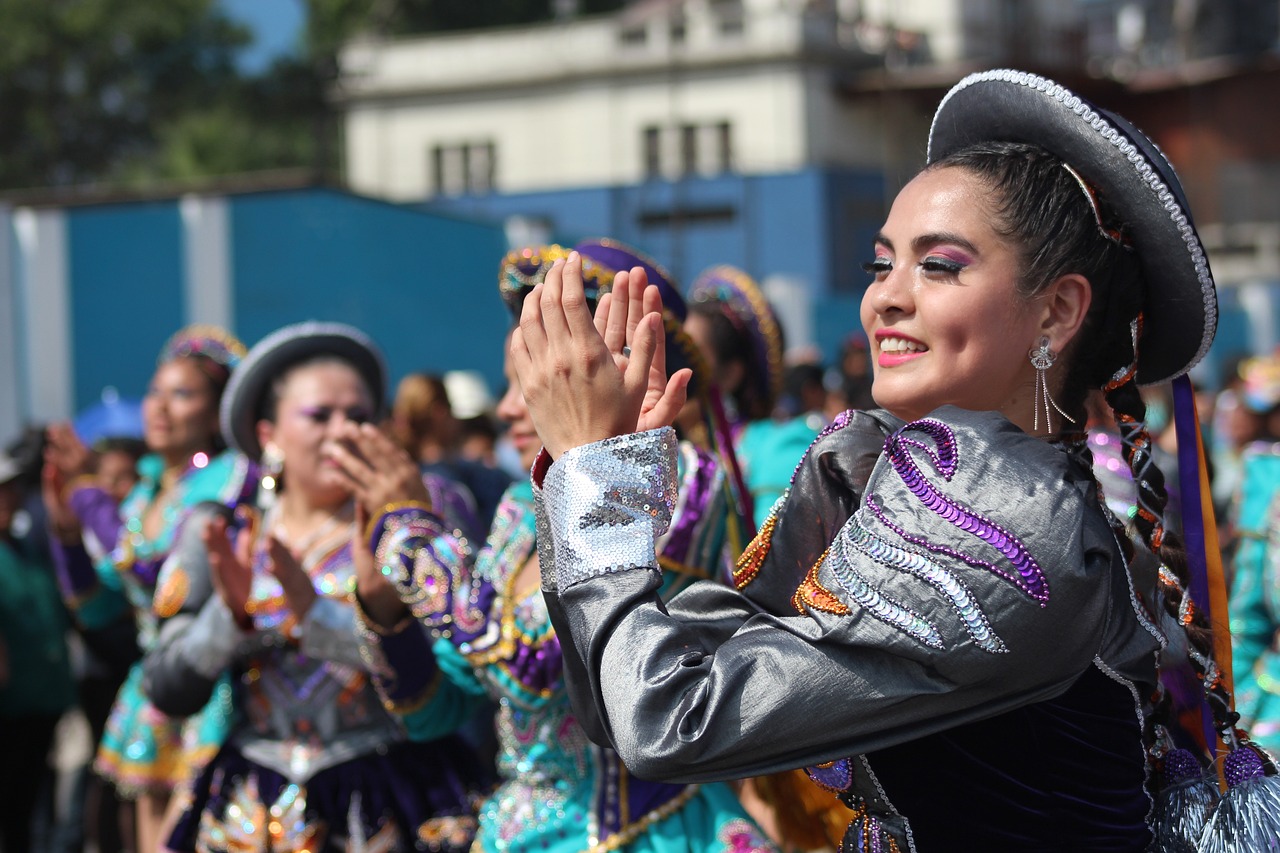
Most people think of Brazil or Argentina when picturing Latin American culture. However, Peru does not disappoint with its intriguing history and colorful culture. Here are the 10 popular cultural experiences you can explore when visiting Peru at the right time:
- Inti Raymi (Festival of the Sun) – June 24th: Celebrated in Cusco, this festival pays homage to the Inca sun god, Inti. It features colorful processions, traditional music, dance, and reenactments of Inca rituals.
- Fiestas Patrias (Independence Day) – July 28th and 29th: Throughout Peru, Independence Day is celebrated with parades, fireworks, traditional Peruvian music, and dance. The capital, Lima, hosts one of the largest celebrations.
- Corpus Christi – June: The streets of Cusco come alive during this religious festival, with processions of saints, ornate costumes, and elaborate carpets made from flowers and colored sawdust.
- Virgen de la Candelaria – February: Puno hosts South America’s largest traditional dance festival. Dancers from various regions don vibrant costumes, showcasing Peru’s diverse cultural heritage.
- Lord of the Miracles Procession – October: Lima’s streets fill with devotees carrying an image of the Lord of the Miracles, a revered figure in Peruvian Catholicism, during this annual procession.
- Semana Santa (Holy Week) – March/April: Cusco and Ayacucho are known for their elaborate Semana Santa celebrations, featuring religious processions, ornate floats, and artistic expressions of faith.
- National Marinera Competition – January: Trujillo hosts the national championship of the marinera dance, a graceful and elegant Peruvian dance form. It’s a captivating cultural event.
- Festival of the Crosses – May: Celebrated in various cities, this festival involves decorating crosses with flowers, religious processions, and traditional dances, showcasing the blending of indigenous and Catholic traditions.
- Misti and Chachani Festivals – May: In Arequipa, the Misti and Chachani festivals include bullfighting, traditional music, dance, and culinary competitions, celebrating the region’s traditions.
- Peru’s National Day of the Afro-Peruvian Culture – June 4th: Celebrated in Chincha and throughout Peru, this day honors the contributions of Afro-Peruvians with music, dance, and cultural exhibitions.
These annual cultural experiences provide a glimpse into Peru’s vibrant history, spirituality, and diverse cultural heritage, making it a captivating destination for travelers interested in immersive cultural events.
Exploring Peru’s Nature and Outdoor Experiences
Peru offers several outdoor experiences that are seasonal due to weather conditions or natural phenomena. Here are five seasonal outdoor activities in Peru:
- Whale-Watching in Máncora (July to October): Along Peru’s northern coast, near Máncora and Punta Sal, you can witness the migration of humpback whales. These majestic creatures visit the warm waters of the Pacific Ocean to breed and give birth. Boat tours are available during this period for a chance to see these magnificent animals.
- Trekking the Inca Trail (May to September): The Inca Trail, leading to Machu Picchu, is one of the world’s most famous trekking routes. The dry season, from May to September, offers the best conditions with less rain and clearer skies. Permits for this hike are limited and sell out quickly, so advance planning is essential.
- Visiting the Amazon Rainforest (May to November): Exploring the Amazon Rainforest is best during the drier months when trails are more accessible and wildlife sightings are frequent. You can enjoy activities like jungle treks, wildlife spotting, and canoeing.
- Sandboarding in Huacachina (May to October): Located in the desert oasis of Huacachina, sandboarding is a thrilling activity best enjoyed during the dry season when the dunes are stable. Visitors can slide down massive sand dunes, often likened to a mini-Sahara experience.
- Lake Titicaca Island Hopping (April to November): The higher-altitude region around Lake Titicaca can be chilly and experience heavy rainfall during the wet season (December to March). To explore the lake’s islands comfortably, including the famous Uros floating islands, it’s advisable to visit during the drier months from April to November.
These seasonal outdoor experiences in Peru allow visitors to engage with the country’s diverse natural landscapes, whether it’s observing marine life, hiking ancient trails, immersing in the rainforest, enjoying desert sports, or exploring high-altitude lakes and islands.
What Is the Best Time to Visit Peru and Why?
The best time to visit Peru depends on your interests and the regions you plan to explore. If you’re primarily interested in the Andean highlands and iconic sites like Machu Picchu, the dry season offers the most comfortable and visually stunning experience.
However, if you’re looking for budget-friendly options and don’t mind occasional rain, the rainy season can provide a more tranquil and less crowded adventure.
Peru offers a wealth of experiences for travelers throughout the year. Whether you’re hiking ancient trails, exploring colonial cities, or immersing yourself in the Amazon rainforest, each season brings its unique charm to this captivating country. So, when is the best time to visit Peru? It ultimately depends on your preferences and the type of journey you seek. Overall, the dry season is the best time to go to Peru as long as you are flexible with your financial travel budget.
Experience the magic of Peru in its dry season or embrace the vibrant greenery of the rainy season—it’s an expedition filled with cultural richness and natural beauty.
Photo Credits:
Image by wildercr from Pixabay
Image by Alex Phillc from Pixabay

